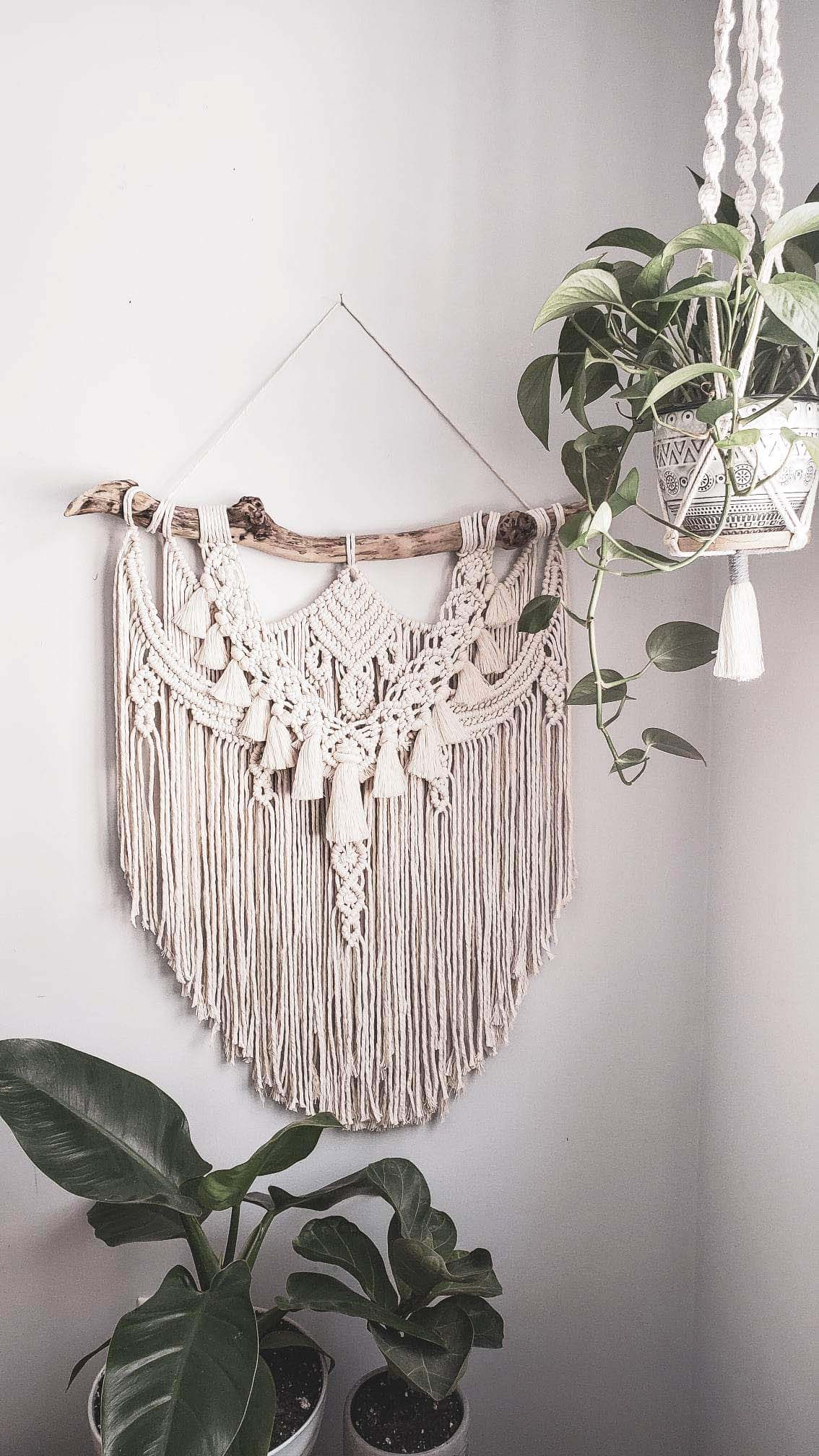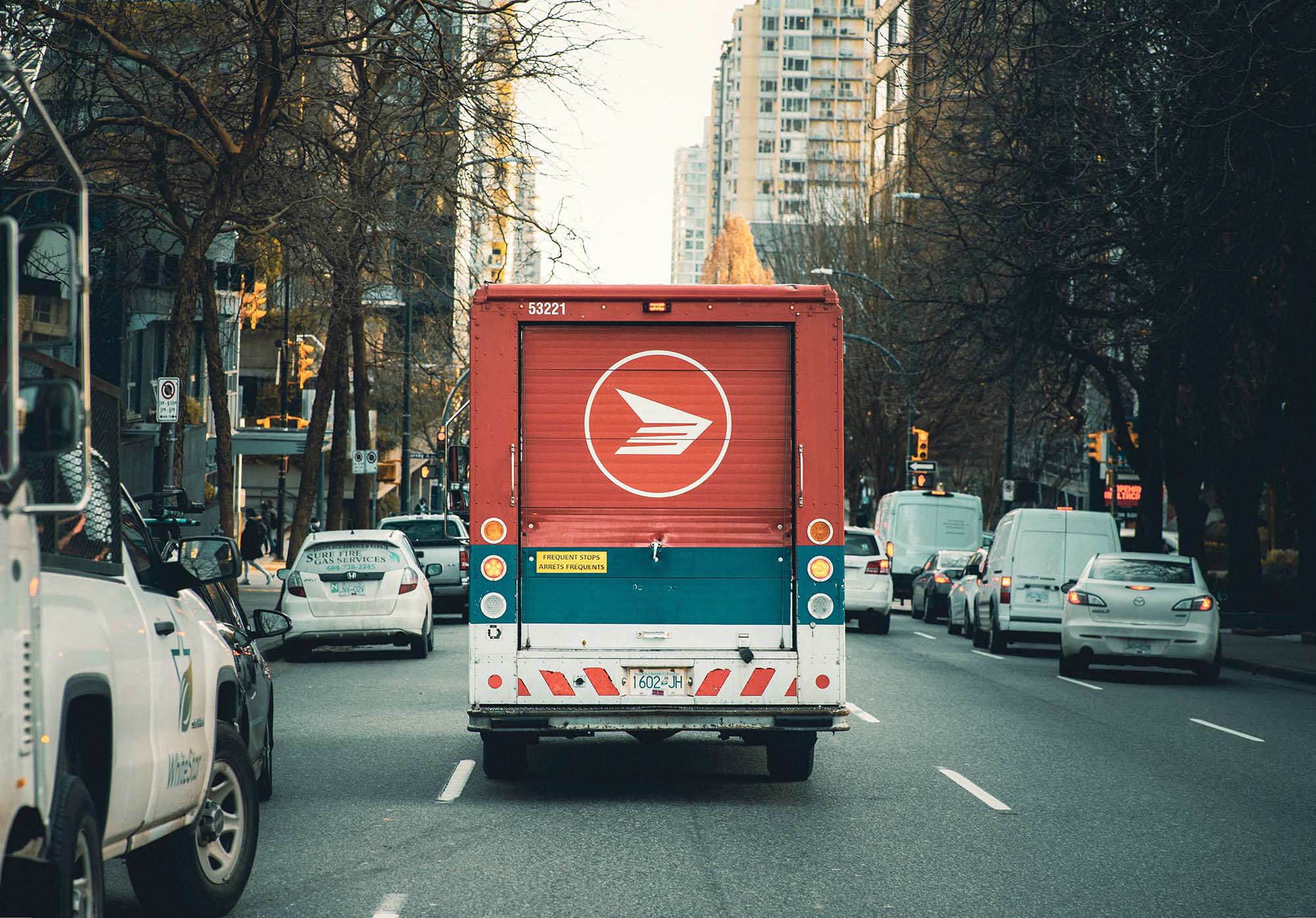If you’ve read our article on SEO basics, you already know a few things. But let’s recap some of the key points to jog your memory.
1. SEO stands for search engine optimization. It’s the act of helping Google and other search engines understand and value the content of your website.
2. Ranking high on relevant search terms (for you, that might mean “handmade jewellery in Moncton”) is a good way to get new customers to discover your business.
3. Tweaking your on-page SEO — those are the things you yourself control on your site, like the words and the pictures — is an important part of ranking and getting clicks.
4. In addition to on-page SEO, there’s technical SEO (get your web dev working on that) and off-page SEO, a.k.a. how the rest of the internet interacts with you.
Got it? Good. Now let’s focus now on that off-page SEO.
What is an inbound link?
An inbound link, also known as a backlink, is a hyperlink from another website to your own. The other website might be linking to your homepage or a specific page, but either way, visitors to that site can click through to yours — and search bots can make that jump too.
Inbound links can be classified as “follow” or “no follow.” “No follow” essentially means that the site owner has marked the link as not necessarily of value. This often happens in a comments section or in forums — these sites don’t want to be full of spammers trying to get backlinks. Search engines take “follow” links more seriously, but some SEO experts think that “no follow” links have some value too.
The most important part of an inbound link is the words that are linked, a.k.a. the anchor text (you see them as underlined, bolded or in a different colour). Search engines see this as how you’re defining that link. But nowadays, they also take into account the overall page information and the words near the link, too.

Why do inbound links matter?
When you search for something on the web using a group of keywords (like “local soap maker Victoria”), you get a list of results, known as the search engine results page (SERP). The search engine you’re using has crawled the web and decided which pages are the most relevant for those keywords.
How does it make these decisions? That’s the search engine’s secret sauce, a.k.a. its algorithms. There are millions of articles online trying to tease apart the various factors, but few people know for sure — and the algorithms are constantly being updated.
One thing that’s known to be an important factor is inbound links. If you link to another website from your own, you’re essentially vouching for the value of that site. Assuming both sites in this relationship are quality, search engines take that link seriously.
So, if you are a local soap maker in Victoria, and a lot of quality websites are linking to you about that topic, that’s going to help your rankings in search.
Which inbound links are best?
In the early days of SEO, a lot of people were spamming comments sections and forums and building poor-quality websites just to deposit links to try and help their own sites’ rankings. This still happens, but not as often, as search engines have gotten better (though still nowhere near perfect) at judging quality.
One way they judge this is by giving each site its own quality ranking. Government and educational sites and those run by trusted, longstanding organizations tend to have a high ranking. Newer sites with poor content tend to have a low ranking. Everyone else falls somewhere along a spectrum in the middle. The higher the ranking of the site that links to you, the more “link juice” it can pass on — and the more valuable that link.
How do I know if people are linking to me?
There are a lot of tools out there to check backlinks. You can search for “SEO backlink checker” or something similar to find them. (Imagine the competition to rank on those keywords!) We like the one from Neil Patel, and look, we just gave him another inbound link, though we’re sure he’d prefer we link better words.
Enter your website in a tool like this and it will show a list of what websites and web pages are linking to you, with information about quality and ranking.

How do I get inbound links?
The process of getting more inbound links to your site is called link-building, and there are a lot of SEO agencies out there who make a living off this work. Link-building comes in all sorts of flavours: there’s the highly organized and strategic (and expensive), the of-questionable-morality-and-quality, and everything in-between.
But you, the small business owner with a lot on your plate, don’t have to worry about all of that. You don’t want to rank on huge global keywords like “best car 2023” or “weather tomorrow” — you just want a slice of your little niche, right? Including a bit of link-building into your overall marketing strategy is not an onerous task, and it’s one that can have huge rewards. Here are some steps to follow.
1. Have something to link to
You probably have a website with product pages, right? If your product line is fairly stable and you have a good amount of information on each page, then that’s a great place to start. If your business is more along the lines of “drop a collection then sell it all,” though, product pages might not be so great for link-building.
Either way, it’s a good idea to build out a few pages with more information about your business, maybe even a regularly updated blog, so there’s more content on your site for people to link to, and search engines to grab on to. For instance, if you have a seasonal collection of ceramic mugs coming out, take some group shots and do a blog post about them all in addition to uploading them as products.

2. Make sure links won’t break
You know when you click on a link and end up on a 404 page instead of where you thought you’d be? It kind of sucks, right?
Sometimes that’s because the person who created the link made a typo, or because the website they were linking to no longer exists. But sometimes it’s because the web page they were linking to no longer exists. And the onus for that is on the site being linked to.
Luckily, there’s a way to avoid that. Your web platform should have a way to create “redirects” — as in, a way to make one URL point to another one. So if you’ve taken down yoursite.com/fall-2022-earrings, for instance, you can redirect it to yoursite.com/earrings. It’s not a perfect solution, but it’s better than a broken link.
Another tip? Make your 404 page fun and creative, with a link to your home page or another main page. That way, if a site visitor does end up there, they’ll feel welcomed, not abandoned.
3. Ask for links in the obvious places
What are the obvious places? Other websites that have already written about you.
Maybe your local newspaper did a gift guide roundup, or a shop that carried your products profiled you on their blog. Check to see if they’ve linked to your site (ideally via meaningful keywords), and if not, ask!
4. Collaborate
Those of you of a certain vintage might remember web rings, groups of websites that shared a common theme or purpose and linked to each other. This was way before social media, and even before search engines were very useful. The good old days!
We’re not suggesting we revive web rings — though honestly, there are worse ideas — but that doesn’t mean you can’t work with other maker businesses on link-building. Maybe your products go together like doughnuts and holes? Maybe you supply the raw materials for someone else’s finished goods? Maybe you can lend each other products as photoshoot props? There are tons of ideas to find good reasons to link.
5. Look for coverage
It used to be that if you sold a product, you’d be angling to get it into magazines and newspapers so people would read about it and then go to a store to buy.
Nowadays, it’s similar, but different. Getting coverage in magazines and newspapers (as well as blogs and e-newsletters) is also valuable for the links they can provide. That’s for search and because people might just click through and buy.
Look for ways to get the right tastemakers (and website owners) to know about your products and recommend them to others — it’s a great way to build inbound links. Another way is to be interviewed as an expert on a particular topic that’s related to what you sell.
The number-one rule of SEO
SEO can seem like a huge list of complicated rules, and in some ways, it kind of is. But it’s also very simple. Search engines value quality more and more, and quality is easy to define.
Build a functional, well-designed website with good content and user experience as the top priority, and you’ll just coincidentally happen to be doing good SEO at the same time. Then link-building will be a piece of cake.








